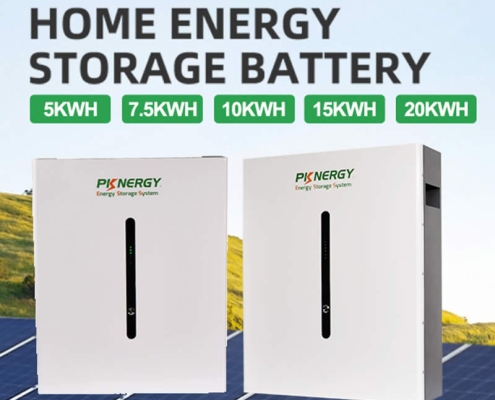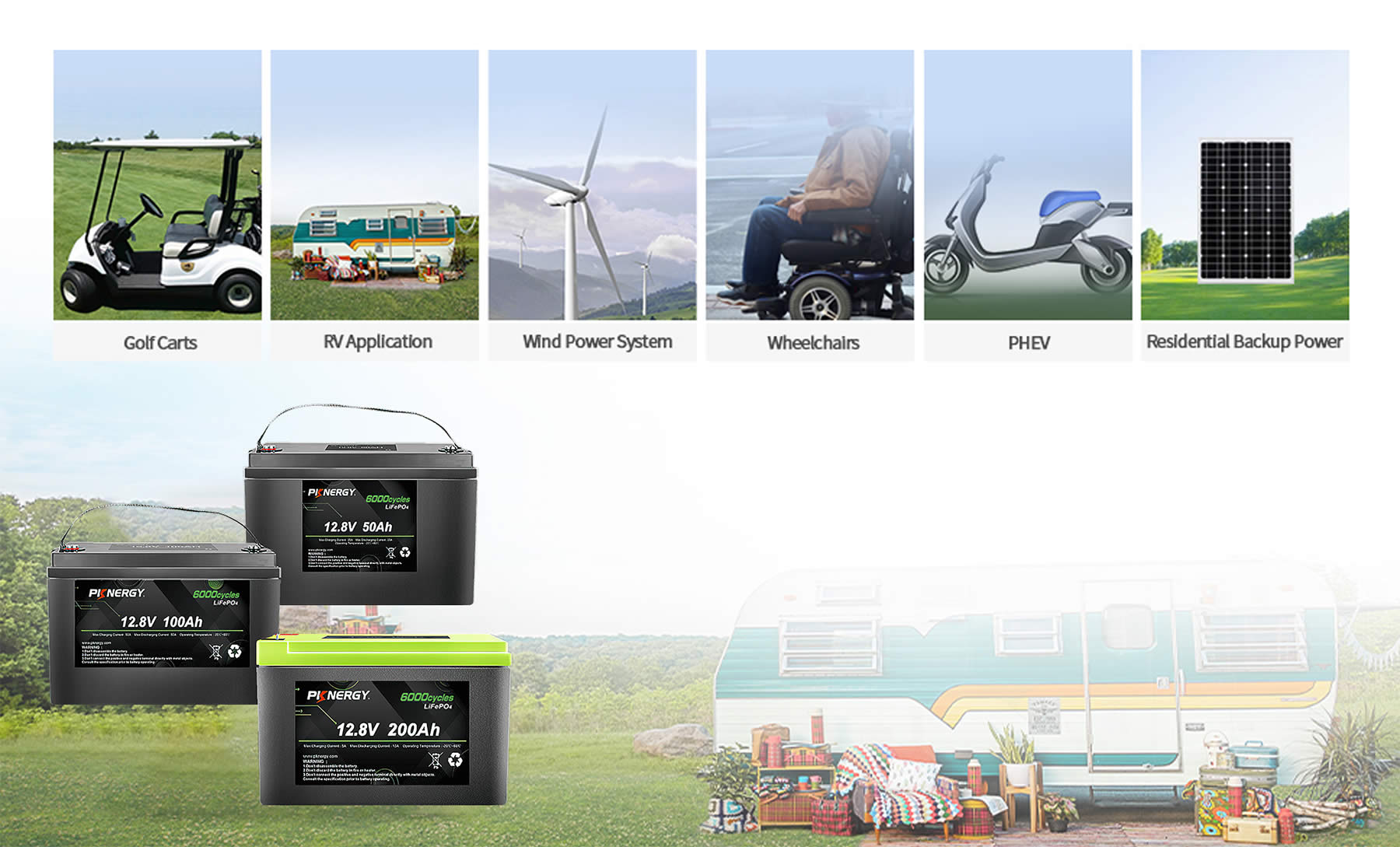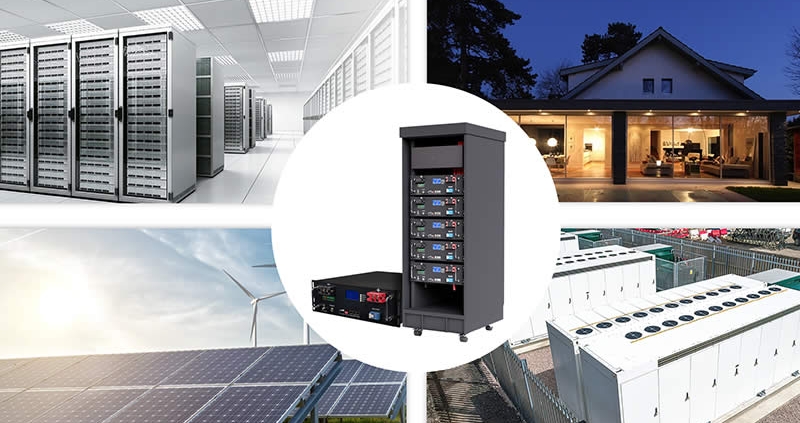The difference between off-grid and grid-connected
Grid-connected:
It must be connected to the public grid, that is, the solar power generation, the household grid, and the public grid are connected together, and the power generation system must rely on the existing grid to operate. Grid-connected photovoltaic power stations do not have electrical energy storage devices, and are directly converted into voltage requirements required by the national grid through inverters.
Off-grid:
also known as an independent photovoltaic power station, a power generation system that operates independently of the grid. The electricity generated by the solar panel directly flows into the battery and is stored. When it is necessary to supply power to electrical appliances, the DC current in the battery is converted into 200V AC by an inverter. This is a repeated cycle of charging and discharging. The system must be equipped with a battery.
Why choose off-grid power supply system?
The off-grid power supply system is specially designed for use in areas without grids or places with frequent power outages. It is a rigid demand. It relies on the working mode of “storage while using” and “storage first and use later” to provide users with help and services of “sending charcoal in the snow”.

The system does not rely on the power grid and operates independently, and is not subject to geographical restrictions. It can be installed and used as long as it is exposed to sunlight. It is widely used in remote areas without power grids, isolated islands, fishing boats, communication base stations, street lights, and outdoor breeding bases. It can also be used as a regular Emergency power generation equipment in blackout areas.
The role of energy storage batteries
In the photovoltaic off-grid system, the energy storage battery occupies the main part, and its main task is to store energy, ensure the stability of the system power, and ensure the power consumption of the load at night or in rainy days.
Energy storage function: The photovoltaic power generation time and the load power consumption time are not necessarily synchronized. The photovoltaic off-grid system can only generate electricity when there is sunshine, and the power generation power reaches the highest at noon, but the power demand is not high at noon. Electricity is only used at night. Therefore, the electricity generated during the day needs to be stored by the battery first, and then released after the peak power consumption.
Stable system power: Photovoltaic power and load power are not necessarily consistent. Photovoltaic power is affected by radiation and is in a fluctuating state, and the load end is not very stable. The starting power is greater than the daily operating power of the load side. If the photovoltaic power generation side is directly connected to the load, it is easy to cause system instability and the voltage fluctuates. The energy storage battery is a power balance device at this time. When the photovoltaic power is greater than the load power, the controller sends the excess energy to the battery pack for storage. towards the load.
Types and characteristics of energy storage batteries
The energy storage battery is essential in the off-grid system. The solar panel charges the energy storage battery through the controller, and the energy storage battery inverts the output for the user through the off-grid inverter. The energy storage battery is compared in the photovoltaic off-grid system. Commonly used are lead-acid gel batteries, ternary lithium batteries and lithium iron phosphate batteries.

Lithium iron phosphate battery is a battery that integrates many advantages. It has high specific energy, small size, fast charging, long service life and good stability.
Its deep-cycle charging times are generally 2,000 times. A set of lithium iron phosphate batteries can generally be used for about 10 years under normal use. It can be used in an environment of -40°C~70°C. It is recommended to assist in extreme cold environments. heating equipment. Lithium iron phosphate battery is currently a domestically developed energy storage battery with mature and independent property rights, and the conditions of use and safety protection are well done.
Lead-acid colloidal battery is equivalent to an upgraded version of lead-acid battery, free of maintenance, which solves the criticism of frequent maintenance of lead-acid batteries. The internal colloidal electrolyte replaces the sulfuric acid electrolyte. improved.
Gel batteries can be used in the temperature range of -40°C~65°C. They have good low temperature performance and can be used in northern alpine regions; they have good shock resistance and can be used safely under various harsh conditions; their service life is longer than that of ordinary lead-acid batteries. double or more.
High energy density: The energy density of ternary materials is >200Wh/kg, which is 3 times that of Ni-MH batteries and 5 times that of lead-acid batteries
Wide operating temperature range: the battery can be used in an environment of -20°C~60°C, at -20°C, it can reach 80% at 1C discharge, and at -40°C it can reach 70%.
Long cycle life: single cell cycle life high energy density > 1500 times, power type can reach more than 2500 times (capacity retention rate > 80%)
Application field
Pknergy New Energy provides solutions for various solar power supply system application scenarios, which professionally solve technical problems such as difficulty in obtaining electricity, unstable power supply, energy saving and consumption reduction. Combined with supporting controllers, inverters, lithium battery energy storage, lead-acid energy storage, sensor systems, data acquisition systems, and integrated power management and control systems, we are committed to creating a stable, efficient, and intelligent new energy power supply solution provider in the industry.
Solution
At this stage, Duobeitong New Energy provides customers with solar power supply system solutions, wind and solar hybrid system solutions and customized distributed photovoltaic power generation system solutions, responding to user needs in an all-round and efficient manner. It mainly consists of solar panels, wind generators, energy storage batteries, charge and discharge controllers, inverters and other components.
According to the current market situation and battery characteristics, it is recommended that the battery for the power supply system be selected as a lithium iron phosphate battery. The new energy storage lithium iron phosphate battery can increase the energy storage efficiency to 95%, greatly reducing the cost of power supply; while the currently commonly used lead-acid battery has an energy efficiency of only about 80%. Lithium phosphate battery is light in weight, has a longer service life, and has good high temperature stability. It will decompose only at 700-800°C, and it will not release oxygen molecules in the face of impact, acupuncture, short circuit, etc., and will not produce violent damage. Combustion, high safety performance, charge and discharge times can reach 1600 cycles, which means that it does not need to be replaced frequently.
The Pknergy new energy power supply system can provide users with auxiliary heating lithium phosphate battery packs to ensure the stable and continuous operation of the system in a low temperature environment.





